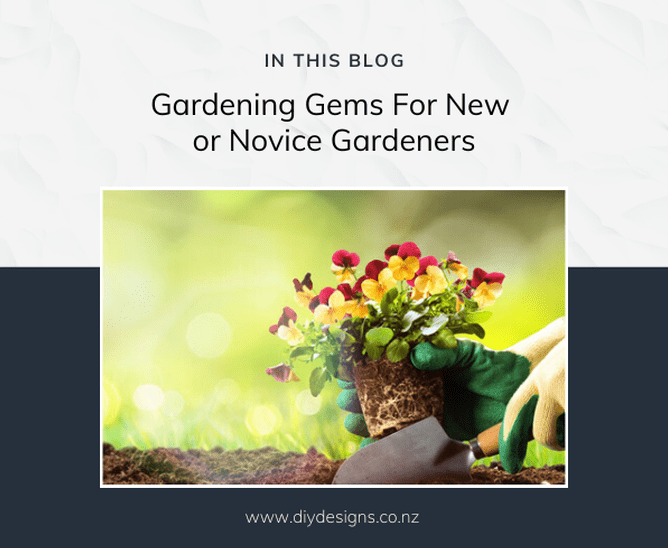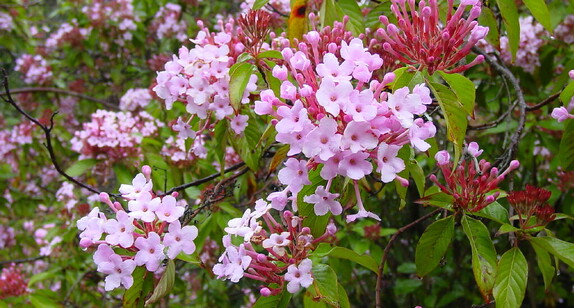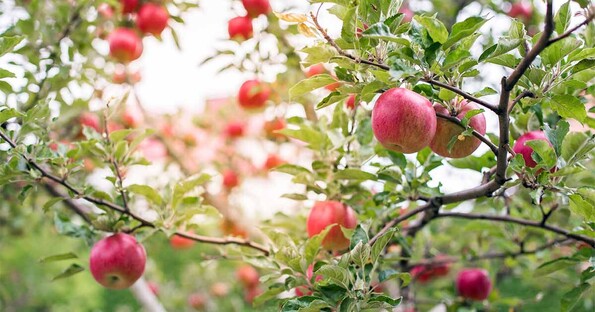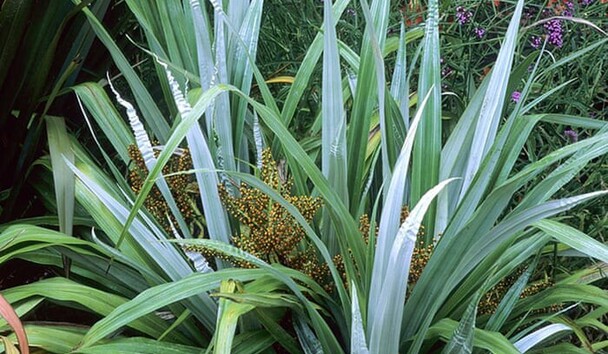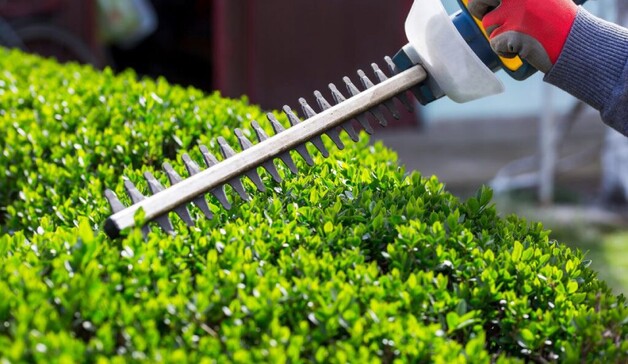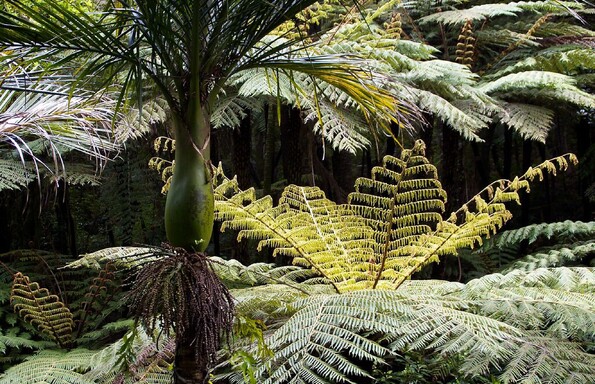Over the years I have had many gardens, each of them very different.
With each garden I have owned, or had temporary guardianship over as the gardener, I have learnt valuable gardening lessons and landscaping tips that I wasn’t taught while studying to become a professional landscape designer. Experience is a great teacher and these invaluable gems have stayed with me and influence the way I design, plant and garden.
Garden 1
Surrounded a charming Auckland Villa. While the villa was pretty, the garden was just pretty boring!
A few scraggly shrubs with bare garden beds below. As a new mum I didn’t have much time to spare and this first garden was rented, so my novice gardening had to be done on a tight budget and really boiled down to keeping the uninspired rented gardens free from weeds. A thankless task at the time, however in this garden I learnt from my new and, at the time, slightly frightening gardener mother-in-law, the importance of weeding properly! ‘One year’s seeding, seven years weeding’ she told me, hands on hips. This ‘a stich in time’ philosophy is a valuable tip we all should bear in mind in our busy lives. Simply remove weed seed heads between weeding and you will help prevent weed banks building up in your soil. Also, don’t just pull the tops off when doing your weeding. Remove the full weed plant from the ground - roots, bulbs and all, and you will reduce maintenance in your garden…. and save yourself a lot of grief.
Garden 2
Garden 2 was tiny. A subdivided rear section with a humble dwelling with not a garden bed or plant to be seen within the confines of our small back yard.
It desperately needed a gardener to provide life and beauty. I learnt a tough but valuable gardening lesson after my first trip to the garden centre. Eager to get my new Luculia grattissima (pink swan) into the ground I upended it and gave the pot a good shake. My precious plant slid straight out, missed my upturned hand and hit the ground, promptly snapping in half at the base of the stem. One dead plant and twenty wasted dollars later I was now aware that there is an art to removing a plant from its garden centre pot. First water your plant or soak it in a bucket of water to loosen the roots, then place your hand around the plant's base at soil level and, using your other hand, turn the entire pot upside down. Allow the force of gravity to gently ease the plant out of the pot. If it’s still stuck use a knife to loosen the plant from the edges of the pot.
Garden 3
Garden 3 fulfilled the quarter acre gardening dream. It was a tree filled oasis. With a gnarly old apple tree mature enough to accommodate a swing, citrus laden trees lining the driveway and plenty of trees and shrubs to screen the neighbours, it was the perfect garden for our young family.
There was even a towering redwood tree. Hugely inappropriate for the site but as the story went, planted by the original owner’s son from a seeding given to him on his first day at primary school. This was an experimental garden for me, still a novice gardener and with great pride I lined the driveway with pretty white standard roses and an array of flowering annuals below. I tended the beds and added new underplanting and when we moved on 3 years later, it was pretty as a picture. 10 years later I drove by that house and was so sad to see that the entire garden had been stripped bare and replaced with a sea of concrete. Not a single plant remained in the visible garden areas! From this I learnt as a gardener, that to plant a garden as the people many years before us had done is to leave a legacy, a gift that others can enjoy long after you are gone. Be considered and careful when making over or redesigning an existing garden, as gardens, like houses, are full of stories and history, but they are a long game and years of growth can be easily destroyed in a short time.
Garden 4
Garden 4 was a classic suburban garden and along with the joy of buying and planting plants, I learnt the importance of planting to the conditions.
After three years of trying to grow sculptural artichoke plants at the corner of my patio just because they looked good there, and three years of heartache as they uprooted each spring in the howling Palmerston North winds that whipped through that area of garden every year, I conceded to nature and moved them to a sheltered, sunny corner where they flourished. Plants are living things and need specific growing conditions to reach their full potential. Understanding what your plant needs to thrive and providing it with the right growing conditions is key to successful gardening. In my dry windswept garden. Wind and drought tolerant, New Zealand Native Astelia (silver flax) would have been a much smarter choice for the silver foliage I desired. Try not to fight nature, she is a fierce opponent!
Garden 5
Garden 5 was a rural joy and this is the garden I most regret leaving behind.
I packed this sweeping country garden, with its picturesque views of the Manawatu Gorge and the Ruahine Ranges, with an astounding range of shrubs, perennials, and roses. I dug new gardens by hand and every week spread a trailer load of horse manure, delivered by a horse owning workmate, across the beds to help improve the growing conditions for the poor plants trying to establish in the dense clay soil. I learnt so many things in the hours I spent developing that beautiful flower filled garden, but probably the most valuable gardening lesson I can share was the importance of patience when planting. This garden featured metres and metres of crisp, superbly manicured hedges inherited from the previous gardener who had established the garden from bare paddocks.
However, the hedges were fast growing Lonicera nitida (box honeysuckle) which needed constant pruning in order to maintain their tight, structured form and low height. A much better choice would have been Buxus ‘Green Gem’ which, although slower to establish, would have needed significantly less maintenance in the long term. Always think about the long-term maintenance implications, especially when planting hedges, or you may find yourself a gardener slave to the hedge trimmers.
Garden 6 through 9
Garden 6 actually incorporates Gardens 6,7,8,& 9 all wound into one, as I dragged a series of eclectic pots filled with remnants of my beloved country garden from one rented urban garden to another over a 7 year period.
These divisions and cuttings, many of which were wildly inappropriate for growing in pots and guaranteed to be a source of disappointment in the long term, sustained me during this period of not having my own garden and taught me that a beautiful garden can be created anywhere, so even if you are renting or gardening in a temporary home, don't despair, you can still have a lovely garden In each of our temporary gardens my dutiful garden-widowed husband risked permanent back injury lugging these hefty pots into position for me. I layered my pots and plantings to create living floral arrangements and embraced the ephemeral beauty of annual plants which are the saviour of the renting gardener’s soul. Feeding and watering is crucial for potted gardens and if you plan to move them about, light weight pots and/ or polystyrene fill at the base of your pots can make this an easier task. A good tip that stays with me for pots was to once a year to tip a bucket of water with a squirt of dish washing liquid into each pot to loosen up the soil.
Garden 10
Garden 10 is my current garden and three years into my guardianship of this piece of Titirangi rain forest paradise, I believe my garden learning here will be one of understanding plant succession and temporal change in nature, which is an important thing for all gardeners to understand.
Each year that passes here in my shady West Auckland garden sees the unfurling of a new layer of tree fern fronds and the late summer whooshing sound as the Nikau fronds drop and these New Zealand native palms slowly attain their more slender, mature form but create bare empty patches below which require new under-planting in order to ensure the ongoing privacy that makes this bush garden setting so special. I watch my Kauri trees for signs of the dreaded Kauri die-back that is decimating trees on properties too close for comfort but take solace in the multiple native tree seedlings growing below, knowing that nature is already planning a comeback. When you plant a garden, no matter its size, scale or type, think about the ultimate form and scale of your plants. Consider these in both the short and the long term. Allow space for maturity and layer your plants so that as your garden evolves over time there is a constant replenishing of under-storey plants. Accept that gardens are seldom 'done', which is of course part of what keeps us gardeners hooked.
